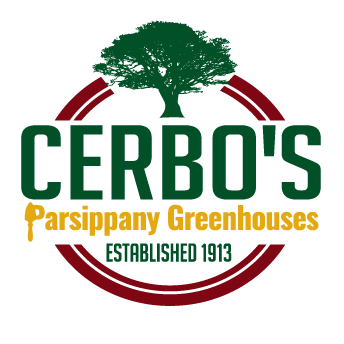Showing 1–16 of 46 results
-

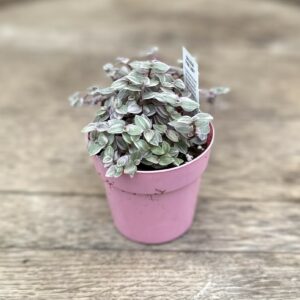
$9.99
Callisia ‘Pink Lady’ Care
Light: Indirect to Bright Light: Place your ‘Pink Lady’ where it can receive bright, indirect sunlight.
Watering: Moderate Moisture: Water your ‘Pink Lady’ when the top inch (2.5 cm) of the soil feels dry to the touch.
Temperature: Moderate Temperatures: Maintain an indoor temperature between 65°F to 75°F (18°C to 24°C).
Humidity: Average Humidity: While it can tolerate average indoor humidity levels, ‘Pink Lady’ appreciates slightly higher humidity.
Fertilizing: Occasional Feeding: Feed your ‘Pink Lady’ with a balanced, water-soluble houseplant fertilizer diluted to half-strength every 6-8 weeks during the growing season (spring and summer).
-
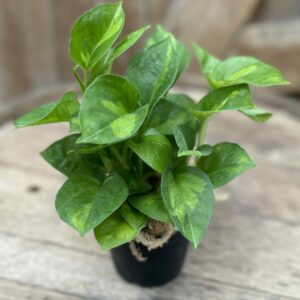
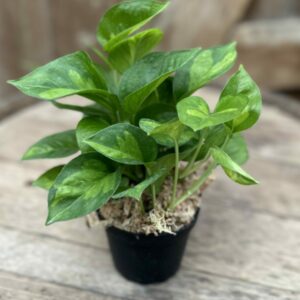
$22.99
Epipremnum ‘Global Green’ Care
Light: Pothos ‘Global Green’ can tolerate a range of light conditions, but it thrives in medium to bright, indirect light.
Temperature: Maintain a warm environment for your Pothos. It prefers temperatures between 65°F to 85°F (18°C to 29°C).
Watering: Allow the top inch of the soil to dry out before watering. It’s better to slightly underwater than overwater.
Soil: Use a well-draining, all-purpose potting mix.
Humidity: Pothos can tolerate average indoor humidity, but higher humidity levels can promote healthier growth.
Fertilization: Feed your Pothos ‘Global Green’ every 4-6 weeks during the growing season (spring through early fall) with a balanced liquid fertilizer diluted to half strength.
-

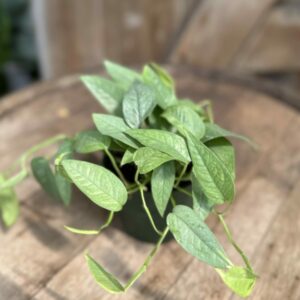
$12.99
Epipremnum pinnatum ‘Cebu Blue’ Care
Light: Provide bright, indirect light for your Cebu Blue Pothos. It can tolerate lower light conditions, but its growth and color will be best in medium to bright indirect light.
Temperature: Maintain a temperature range between 60°F to 80°F (15°C to 27°C).
Humidity: While Cebu Blue Pothos can tolerate average indoor humidity, it appreciates slightly higher humidity levels. Misting the leaves occasionally or using a humidity tray can help create a more suitable environment.
Watering: Allow the top inch (2.5 cm) of the soil to dry out between waterings.
Soil: Use a well-draining potting mix appropriate for indoor plants. Adding perlite or sand can enhance drainage.
Fertilizing: Feed your Cebu Blue Pothos with a balanced liquid fertilizer diluted to half strength every 4-6 weeks during the growing season (spring and summer).
-

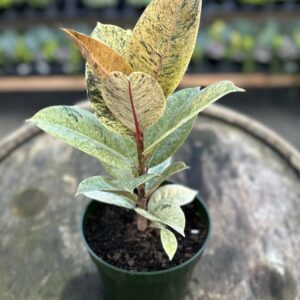
$29.99
Ficus elastica ‘Shivereana’ Care
Light: Bright, indirect light. Tolerates lower light conditions.
Temperature and Humidity: Between 65°F to 75°F (18°C to 24°C). Can tolerate average indoor humidity, but appreciates higher humidity levels.
Watering: Allow the top inch (2.5 cm) of the soil to dry out between waterings. Water thoroughly when you do water, ensuring that excess water drains from the pot.
Soil: Well-draining potting mix appropriate for indoor plants.
Fertilizing: Feed with a balanced liquid fertilizer diluted to half strength every 4-6 weeks during the growing season (spring and summer).
-

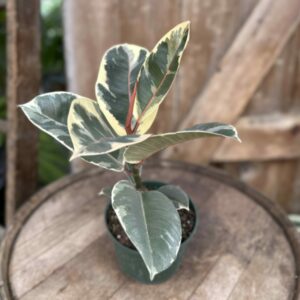
$19.99
Ficus Elastica ‘Tineke’ Care
Light: Provide bright, indirect light for your Ficus elastica ‘Tineke.’ It tolerates lower light conditions, but its variegation will be more vibrant and prominent in medium to bright indirect light.
Temperature: Maintain a temperature range between 65°F to 75°F (18°C to 24°C).
Humidity: While Ficus elastica ‘Tineke’ can tolerate average indoor humidity, it appreciates slightly higher humidity levels.
Watering: Allow the top inch (2.5 cm) of the soil to dry out between waterings.
Soil: Use a well-draining potting mix appropriate for indoor plants. Adding perlite or sand can enhance drainage.
Fertilizing: Feed your Ficus elastica ‘Tineke’ with a balanced liquid fertilizer diluted to half strength every 4-6 weeks during the growing season (spring and summer).
-


$24.99
Lemon cypress Care
Light: Lemon Cypress thrives in bright, indirect light. It can also tolerate some direct sunlight, especially in the morning, but avoid intense afternoon sun.
Temperature: Maintain a temperature range between 50°F to 70°F (10°C to 21°C).
Humidity: Lemon Cypress prefers moderate humidity levels. If the air is dry, mist the foliage regularly or place a humidity tray nearby.
Watering: Keep the soil consistently moist but not waterlogged. Water when the top inch (2.5 cm) of the soil feels slightly dry. During the growing season, water more frequently, and reduce watering in the dormant period.
Soil: Use a well-draining potting mix designed for container plants or outdoor evergreens.
Fertilizing: Feed your Lemon Cypress with a balanced, liquid fertilizer diluted to half strength every 4-6 weeks during the growing season (spring and summer).
-
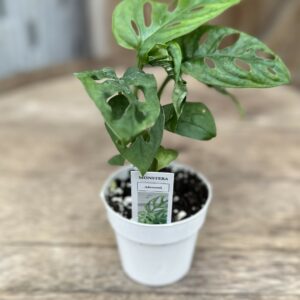
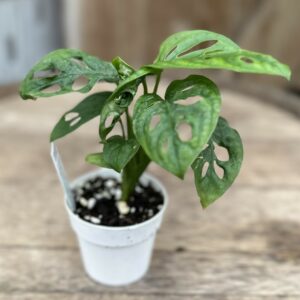
$9.99
Monstera adansonii (Swiss Cheese Plant) Care
Light: Provide bright, indirect sunlight for your Monstera adansonii.
Watering: Allow the top inch or two of the soil to dry out before watering.
Humidity: Monstera adansonii appreciates higher humidity levels.
Temperature: Keep your Monstera adansonii in temperatures between 65-85°F (18-29°C).
Soil: Use a well-draining, airy potting mix that retains some moisture but doesn’t become waterlogged.
Fertilization: Feed your Monstera adansonii with a balanced, water-soluble fertilizer during the growing season (spring and summer).
-
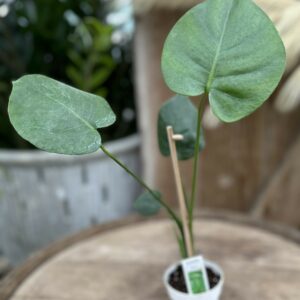
$9.99
Monstera deliciosa Care
Light: Provide bright, indirect sunlight for your Monstera deliciosa.
Watering: Allow the top inch or so of the soil to dry out before watering.
Humidity: Maintain higher humidity levels for your Monstera deliciosa, especially in drier indoor environments.
Temperature: Keep the plant in temperatures between 65-85°F (18-29°C).
Soil: Use a well-draining, aerated potting mix. A mix containing peat, perlite, and pine bark works well for Monstera deliciosa.
Fertilization: Feed your Monstera deliciosa with a balanced, diluted, water-soluble fertilizer every 4-6 weeks during the growing season (spring and summer).
-


$14.99
Monstera deliciosa Care
Light: Provide bright, indirect sunlight for your Monstera deliciosa.
Watering: Allow the top inch or so of the soil to dry out before watering.
Humidity: Maintain higher humidity levels for your Monstera deliciosa, especially in drier indoor environments.
Temperature: Keep the plant in temperatures between 65-85°F (18-29°C).
Soil: Use a well-draining, aerated potting mix. A mix containing peat, perlite, and pine bark works well for Monstera deliciosa.
Fertilization: Feed your Monstera deliciosa with a balanced, diluted, water-soluble fertilizer every 4-6 weeks during the growing season (spring and summer).
-

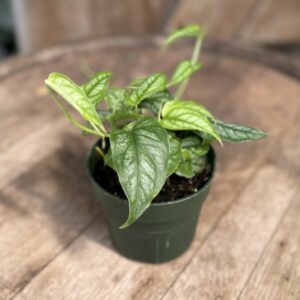
$14.99
Monstera siltepecana Care
Light: Provide bright, indirect sunlight for your Monstera siltepecana.
Watering: Allow the top inch or so of the soil to dry out before watering.
Humidity: Monstera siltepecana appreciates higher humidity levels.
Temperature: Keep the plant in temperatures between 65-80°F (18-27°C).
Soil: Use a well-draining potting mix that retains some moisture but doesn’t become overly soggy.
Fertilization: Feed your Monstera siltepecana with a balanced, diluted, water-soluble fertilizer during the growing season (spring and summer). Apply fertilizer every 4-6 weeks to provide essential nutrients.
-


$14.99
Peperomia ‘Fuzzy Mystery’ Care
Light: Bright, indirect light; avoid direct sunlight.
Watering: Allow top inch of soil to dry between waterings; water moderately.
Humidity: Moderate to high humidity; mist occasionally.
Temperature: Maintain temperatures between 60-75°F (15-24°C).
Soil: Use well-draining, peat-based potting mix.
Fertilization: Feed monthly with a balanced liquid fertilizer during the growing season.
-

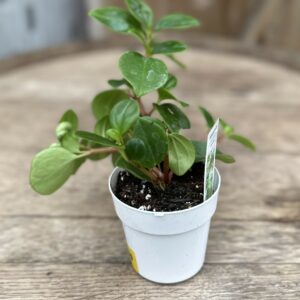
$9.99
Peperomia ‘Glabella’ Care
Light: Low to Moderate Light: ‘Glabella’ does well in low to moderate light conditions.
Watering: Allow Soil to Dry: Water your Peperomia ‘Glabella’ when the top inch (2.5 cm) of the soil feels dry to the touch.
Temperature: Moderate Temperatures: Maintain a consistent indoor temperature between 65°F to 75°F (18°C to 24°C).
Humidity: Average Humidity: ‘Glabella’ can adapt to average indoor humidity levels, but it benefits from slightly higher humidity.
Fertilizing: Monthly Feeding: During the growing season (spring and summer), fertilize your ‘Glabella’ once a month with a balanced, water-soluble houseplant fertilizer.
-
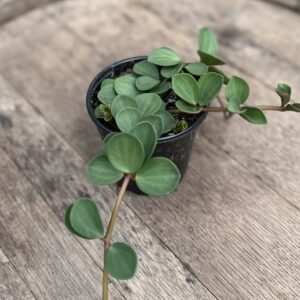

$19.99
Peperomia ‘Hope’ Care
Light: Provide bright, indirect sunlight for your Peperomia ‘Hope.’
Watering: Allow the top inch or so of the soil to dry out before watering.
Humidity: Peperomia ‘Hope’ can tolerate average indoor humidity levels.
Temperature: Keep the plant in temperatures between 65-80°F (18-27°C).
Soil: Use a well-draining, lightweight potting mix.
Fertilization: Feed your Peperomia ‘Hope’ with a balanced, diluted, water-soluble fertilizer during the growing season (spring and summer). Apply the fertilizer every 4-6 weeks to provide essential nutrients.
-
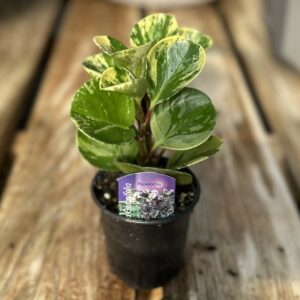

$4.99
Peperomia ‘Marble’ Care
Light: Place your Peperomia ‘Marble’ in bright, indirect light. It can tolerate lower light conditions, but too much direct sunlight may scorch the leaves. A spot with filtered sunlight or partial shade is ideal.
Watering: Allow the top inch of the soil to dry out before watering. Peperomias prefer slightly moist soil but are susceptible to overwatering. Water sparingly and adjust the frequency based on the environmental conditions and the plant’s needs.
Soil: Plant your Peperomia ‘Marble’ in a well-draining potting mix. A mixture of peat moss, perlite, and orchid bark or sand works well. Ensure the pot has drainage holes to prevent waterlogged soil.
Humidity: Peperomias generally tolerate average indoor humidity. However, if your environment is particularly dry, consider placing a tray of water and pebbles near the plant or misting the leaves occasionally to enhance humidity.
Temperature: Maintain a temperature between 65°F to 75°F (18°C to 24°C). Peperomia ‘Marble’ prefers warmer conditions and should be protected from drafts or sudden temperature fluctuations.
Fertilization: Feed your Peperomia ‘Marble’ with a balanced liquid fertilizer diluted to half strength every 4-6 weeks during the growing season (spring and summer). Reduce or eliminate fertilization in the fall and winter when the plant is not actively growing.
-
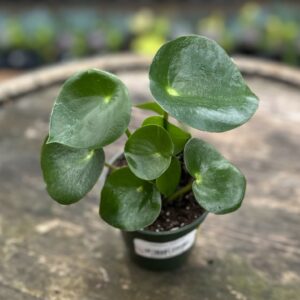
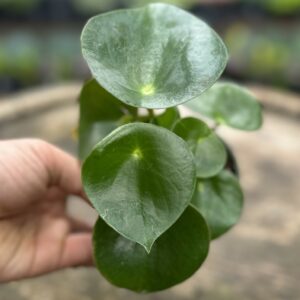
$9.99
Peperomia ‘Raindrop’ Care
Light: Bright, indirect light; avoid direct sunlight.
Watering: Allow top inch of soil to dry between waterings; water moderately.
Humidity: Moderate humidity; mist occasionally.
Temperature: Maintain temperatures between 65-75°F (18-24°C).
Soil: Use well-draining, peat-based potting mix.
Fertilization: Feed monthly with a balanced liquid fertilizer during the growing season.
-
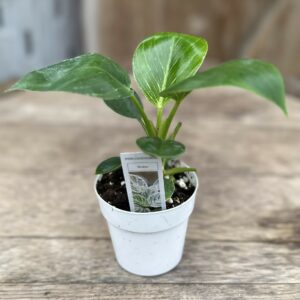
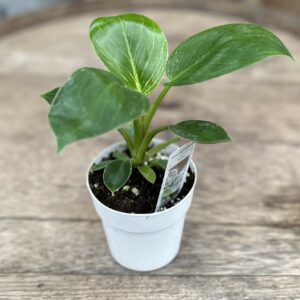
$9.99
Philodendron ‘Birkin’ Care
Light: Provide bright, indirect sunlight for your Philodendron ‘Birkin.’ It thrives in medium to bright indirect light.
Watering: Allow the top inch or so of the soil to dry out before watering.
Humidity: Philodendron ‘Birkin’ appreciates higher humidity levels.
Temperature: Keep the plant in temperatures between 65-80°F (18-27°C).
Soil: Use a well-draining, aroid-specific potting mix or a mixture of regular potting soil, perlite, and orchid bark to provide good drainage.
Fertilization: Feed your Philodendron ‘Birkin’ with a balanced, diluted, water-soluble fertilizer during the growing season (spring and summer). Apply the fertilizer every 4-6 weeks to provide essential nutrients.
